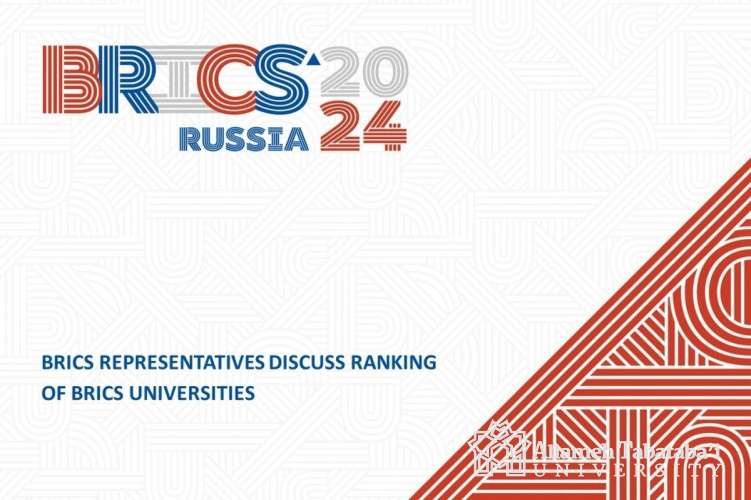Allameh Tabataba'i University Among the Top BRICS Universities of 2024

According to the BRICS 2024 rankings, Allameh Tabataba'i University (ATU) has been recognized among the top universities in BRICS member countries. The university achieved an h-index score of 79 and a Citation score of 52, placing it in the 501–600 range among BRICS universities, ranking after the University of Isfahan and before K. N. Toosi University of Technology.
Since its inception in 2009, the BRICS association, formed by Brazil, Russia, India, China, and South Africa, has prioritised "economic objectives" and "reforming the global financial system." Recognising the universities' vital role in advancing these goals, BRICS initiated a ranking system for the universities of its member countries.
Although the BRICS ranking system promotes the slogan of "Three University Missions," its methodology aligns with the three main pillars of international ranking systems: "education," "research," and "social impact." As recent analyses indicate, BRICS rankings rely on objective and measurable indicators, avoiding subjective expert evaluations. This distinguishes BRICS rankings from other systems, such as QS, which overemphasises university reputation. Instead, the BRICS methodology incorporates diverse quantitative indicators with varying weights, focusing less on national and global prestige and more on measurable outcomes.
Key metrics in the BRICS rankings include Citation and h-index scores, evaluated over specific five- and six-year periods. Beyond identifying the top 1% and 2% of global researchers, the rankings also highlight researchers in the 3% to 90% range. Notably, 276 researchers from ATU were included in this list.
Academic publications remain a significant criterion, but in this framework, joint publications with BRICS partners hold particular weight. This shift does not negatively impact universities' plans to enhance their global standing; rather, it provides direction for increasing international collaboration.
The pilot version of the BRICS university rankings analyzed data from 600 educational institutions across 10 countries: Brazil, China, Egypt, Ethiopia, India, Iran, Saudi Arabia, South Africa, Russia, and the UAE. According to its methodology, the full list initially included 825 universities, selected based on their academic output from 2018 to 2021. Institutes lacking bachelor’s, master’s, and PhD programs were excluded.
The ranking system drew data from various sources, including university websites, national institutes, independent international databases, online course platforms, Wikipedia, search engines, and even social media platforms such as YouTube and Telegram. Additionally, websites related to international student competitions and academic awards were also utilized.
Overall, the ranking assigns 45% weight to education-related metrics across four key areas, 25% to research-focused metrics across five areas, and 30% to societal and university-related metrics across eight categories, collectively evaluating university performance across 17 dimensions.


